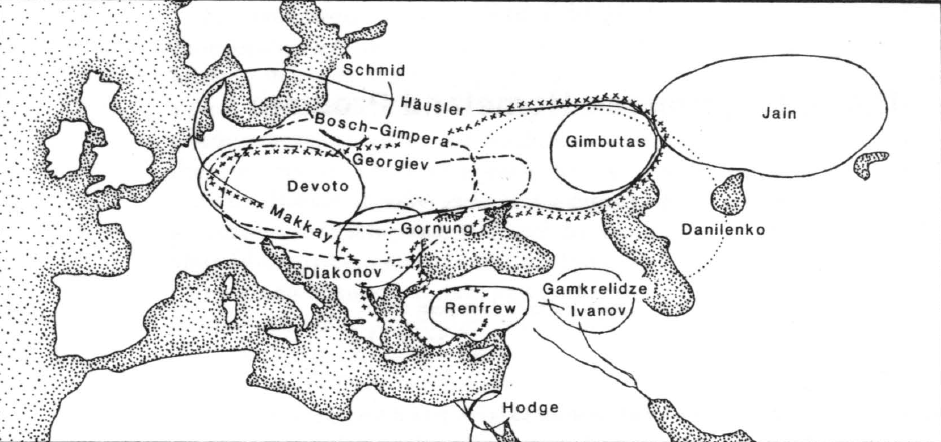The Fundamental Problem with Aryan invasion theory
Where did the Aryans come from? Anywhere but India. Though disproved, Aryan Invasion Theory still rules the minds of the scholarship world for whatever reasons. The model makes almost perfect sense if you look at it only in India. But, it falls flat on it's face when you expand your scope of study to encompass a larger area.





Very well written. Raises pertineent questions. Unfortunately proponents of AIT do not respond ever on such questions systematically, or even provide point by point rebuttal. Probably if they do, they will have to eat their own words..